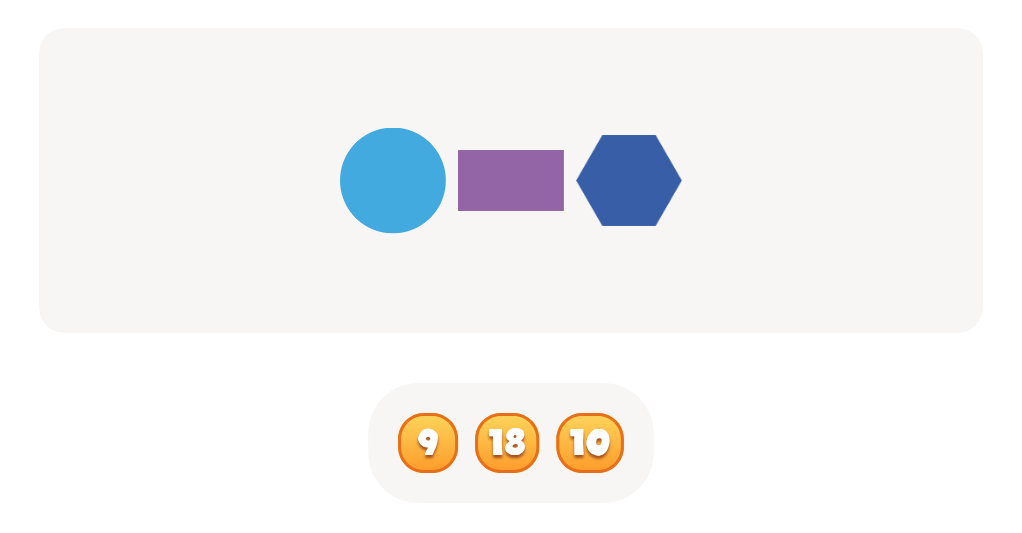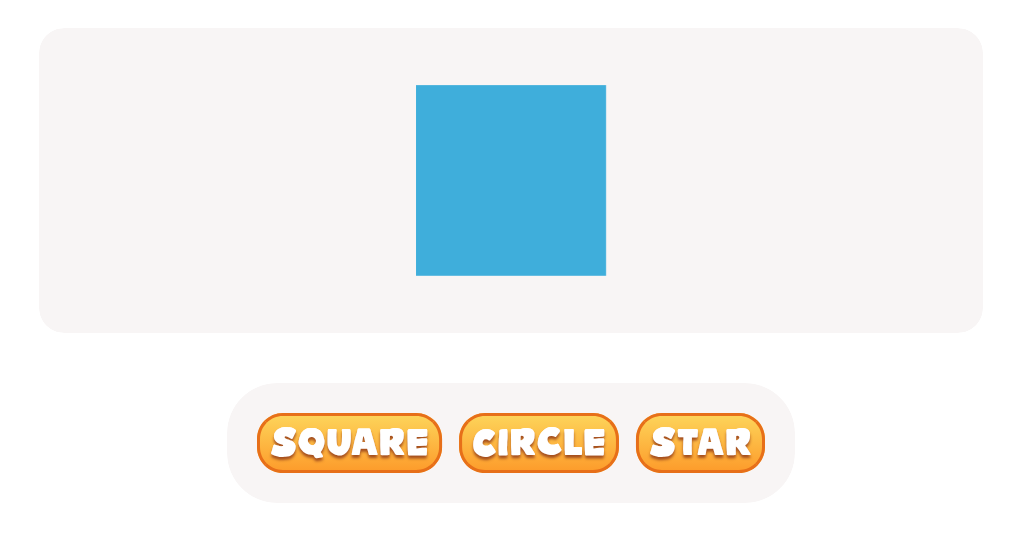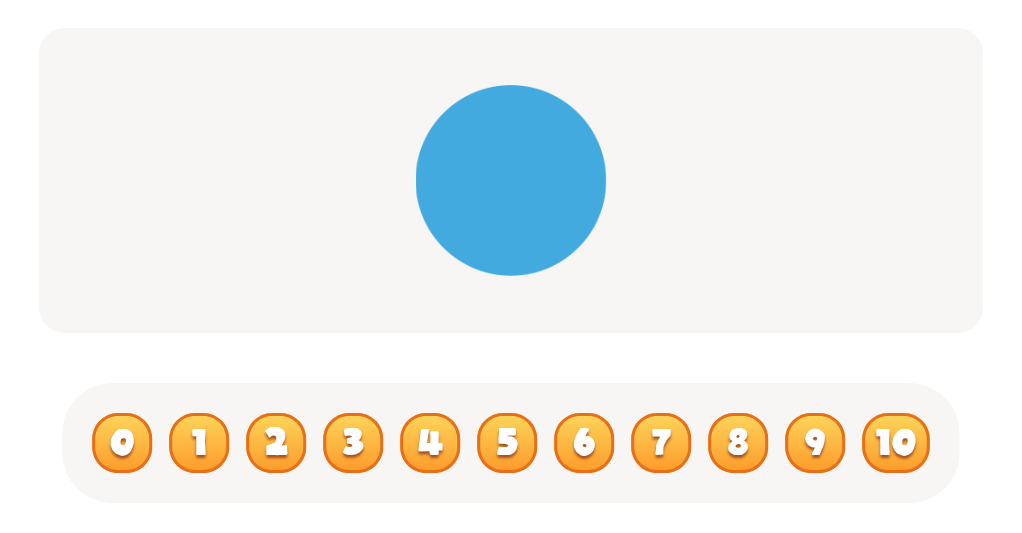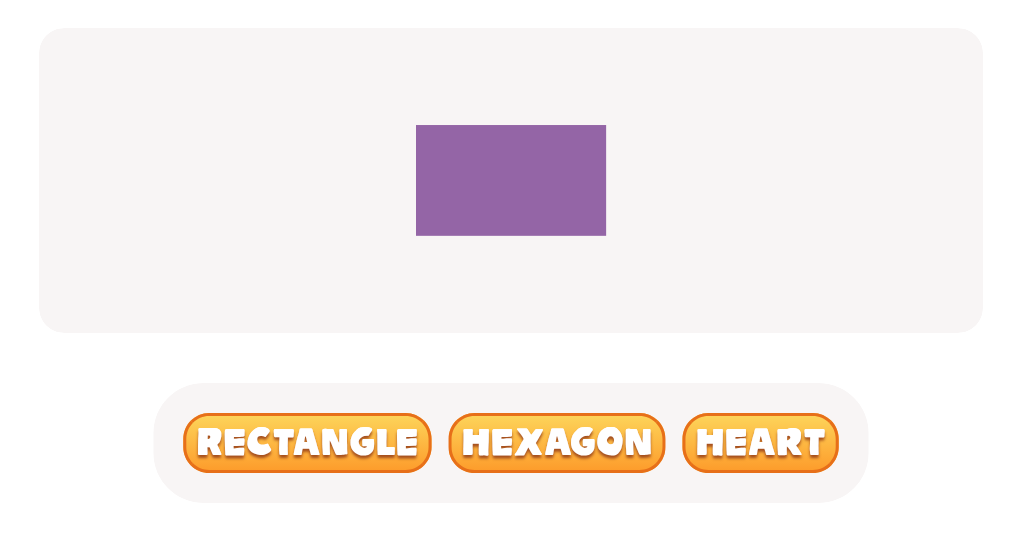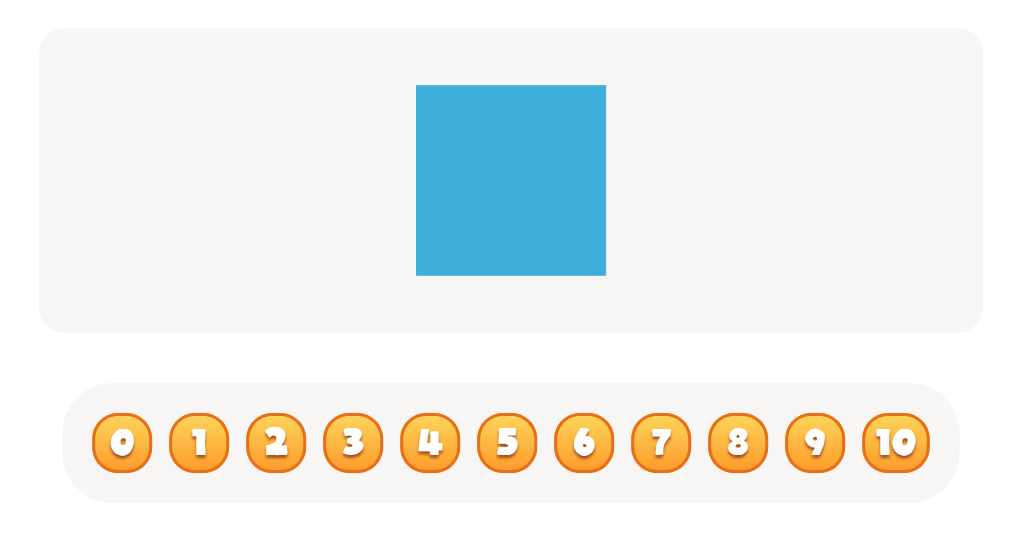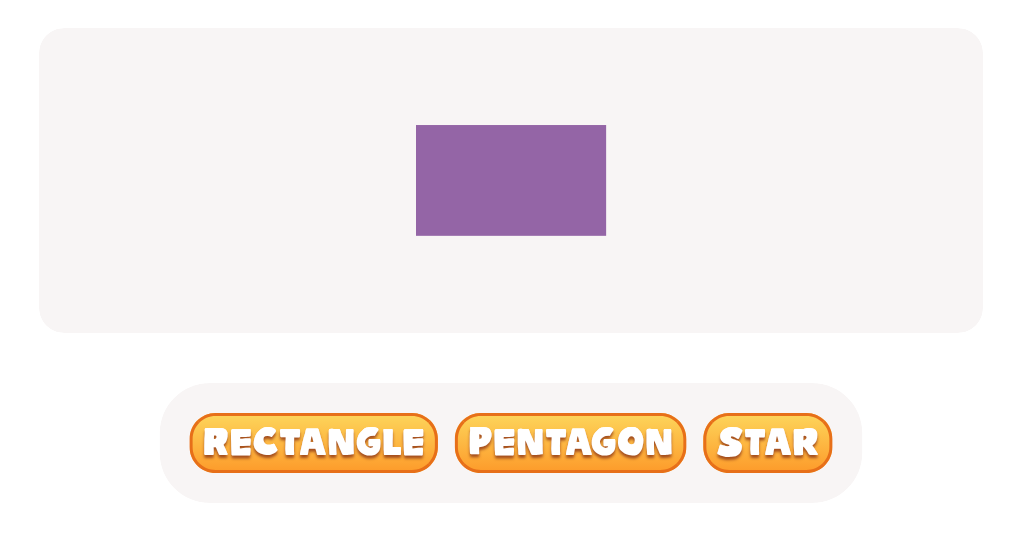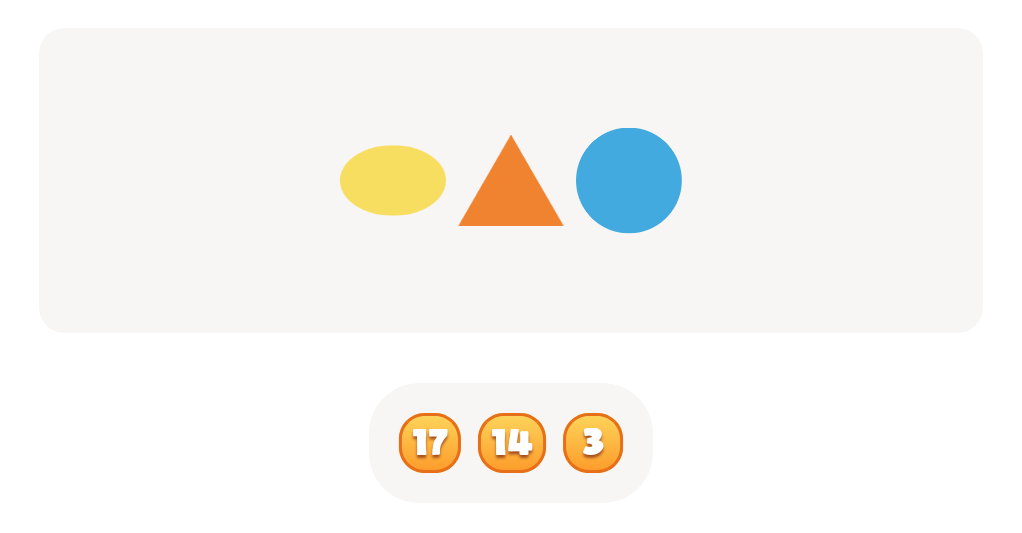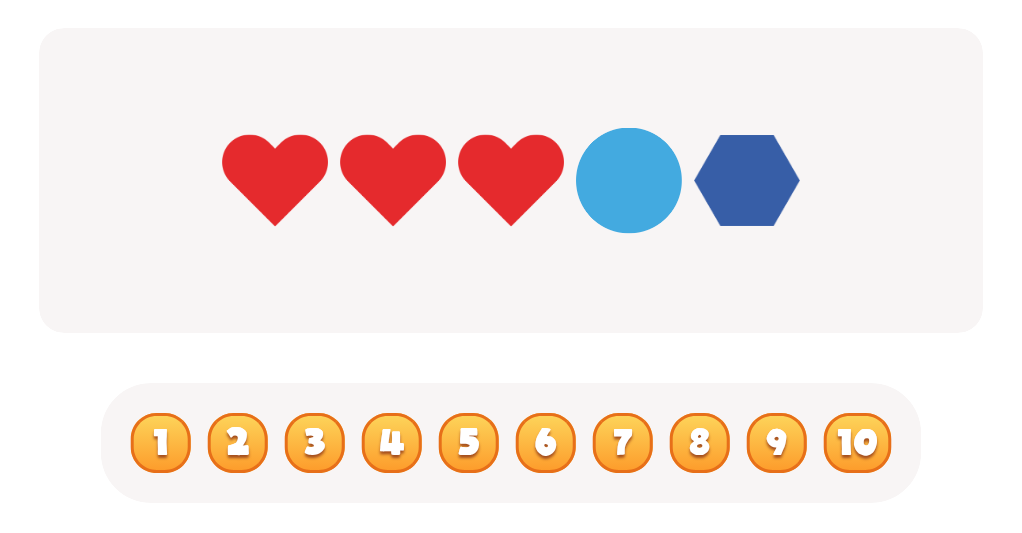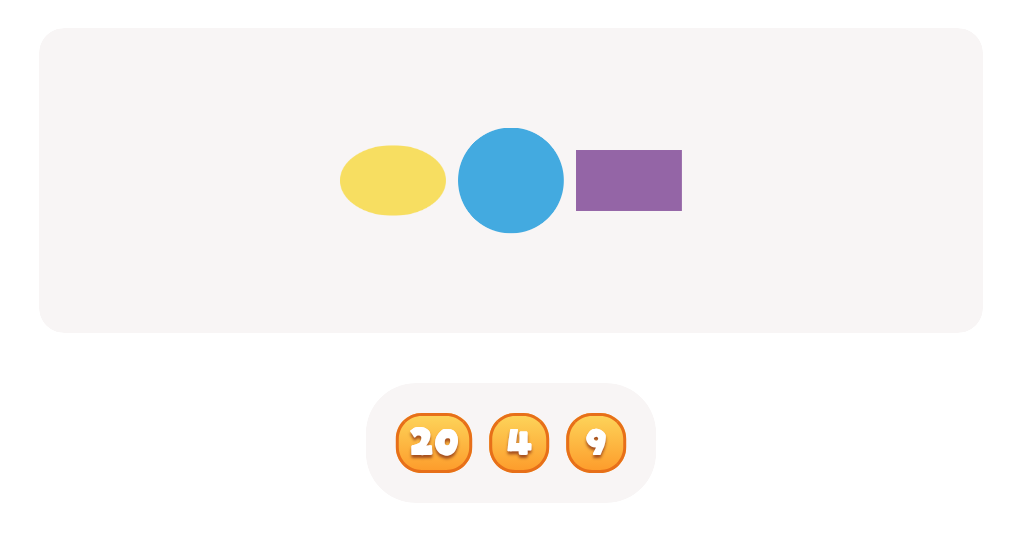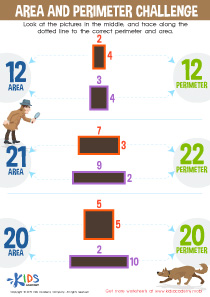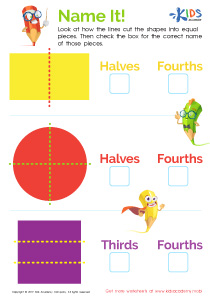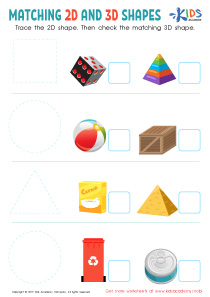Shape Recognition 2D Shapes Worksheets - Page 2
37 filtered results
-
From - To


Trace and Draw More Shapes Worksheet
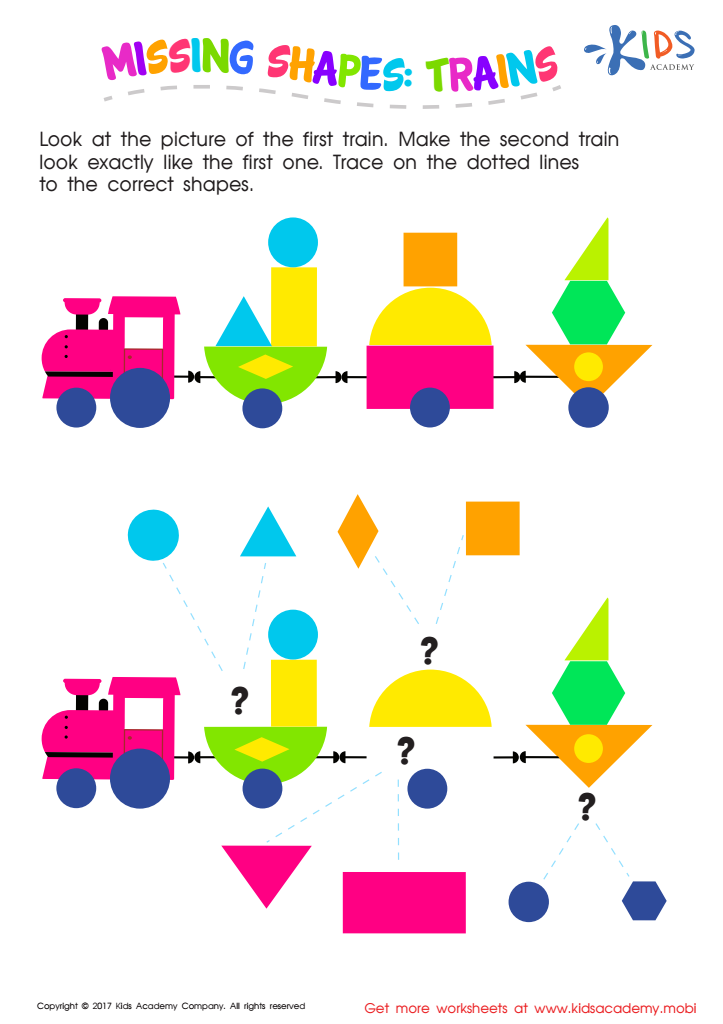

Missing Shapes: Trains Worksheet
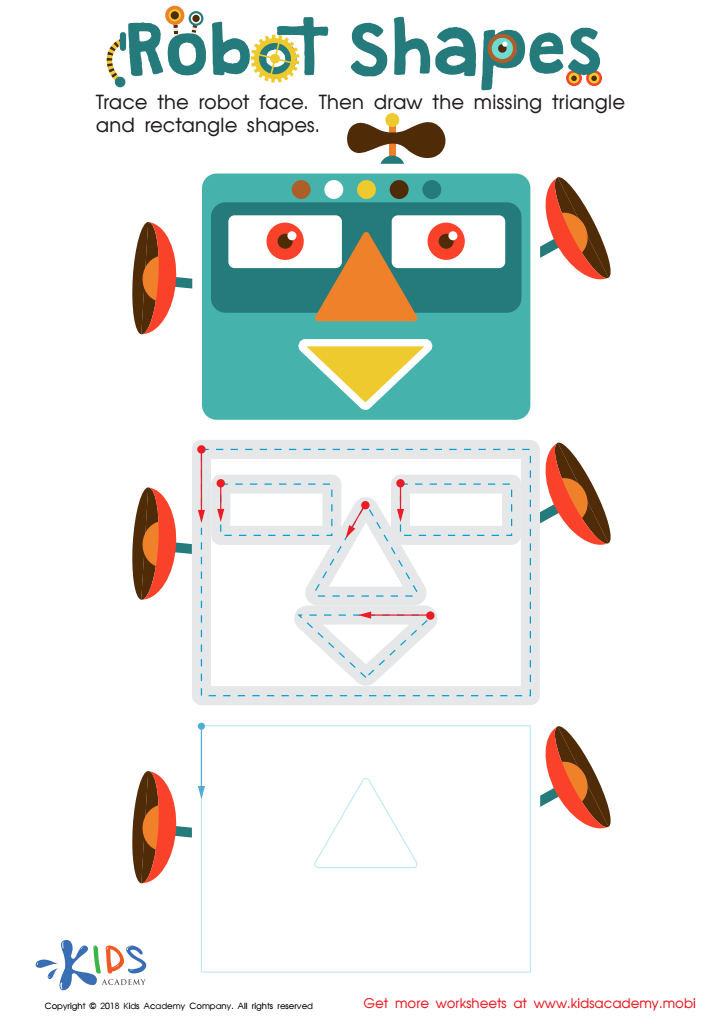

Robot Shapes Worksheet
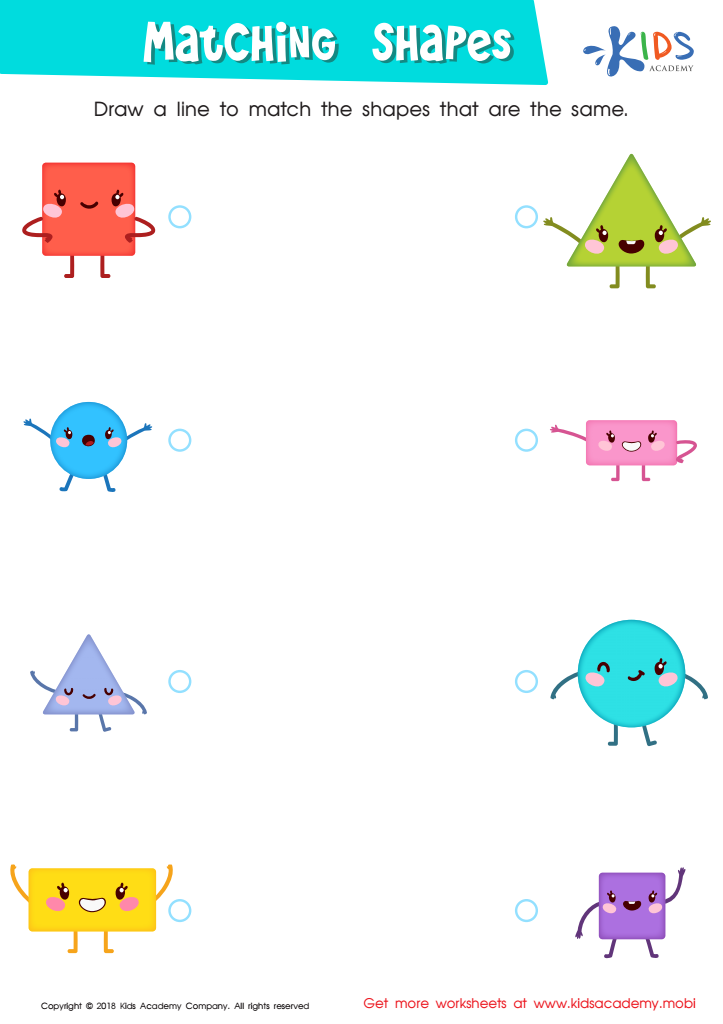

Matching Shapes Worksheet
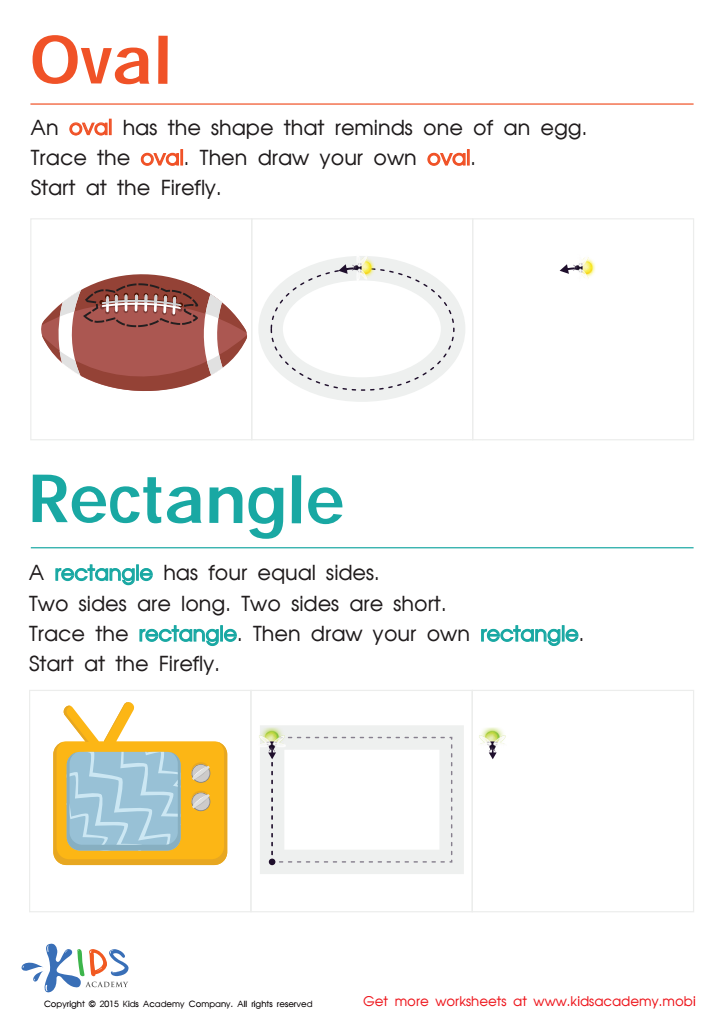

Easy Drawing of Ovals And Rectangles Worksheet
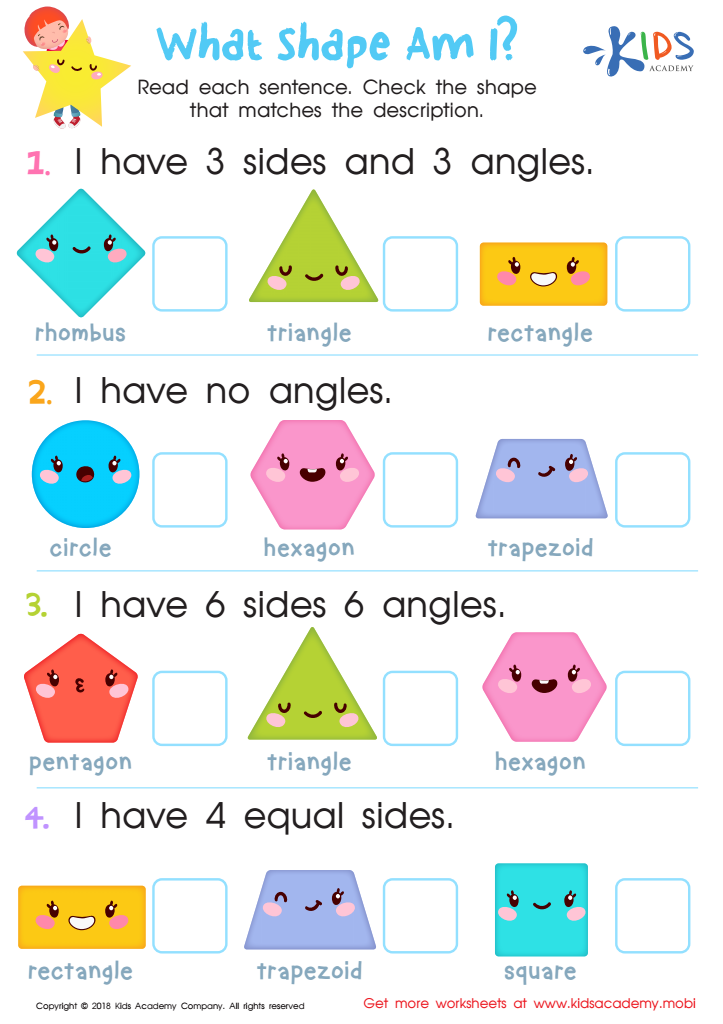

What Shape Am I? Worksheet
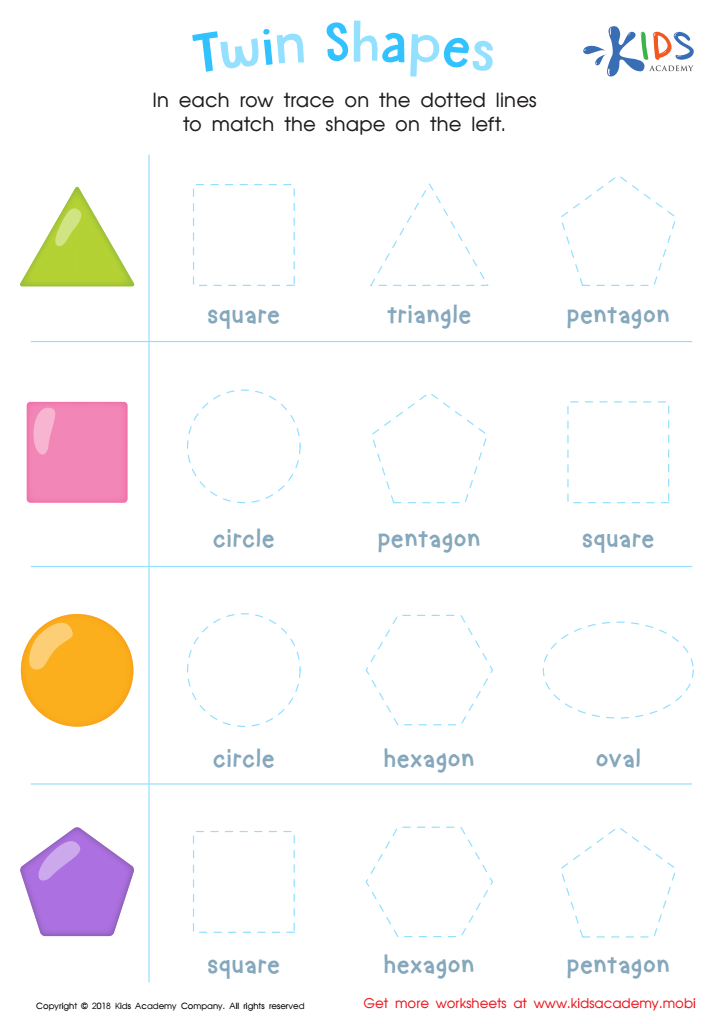

Twin Shapes Dot-to-Dot Worksheet
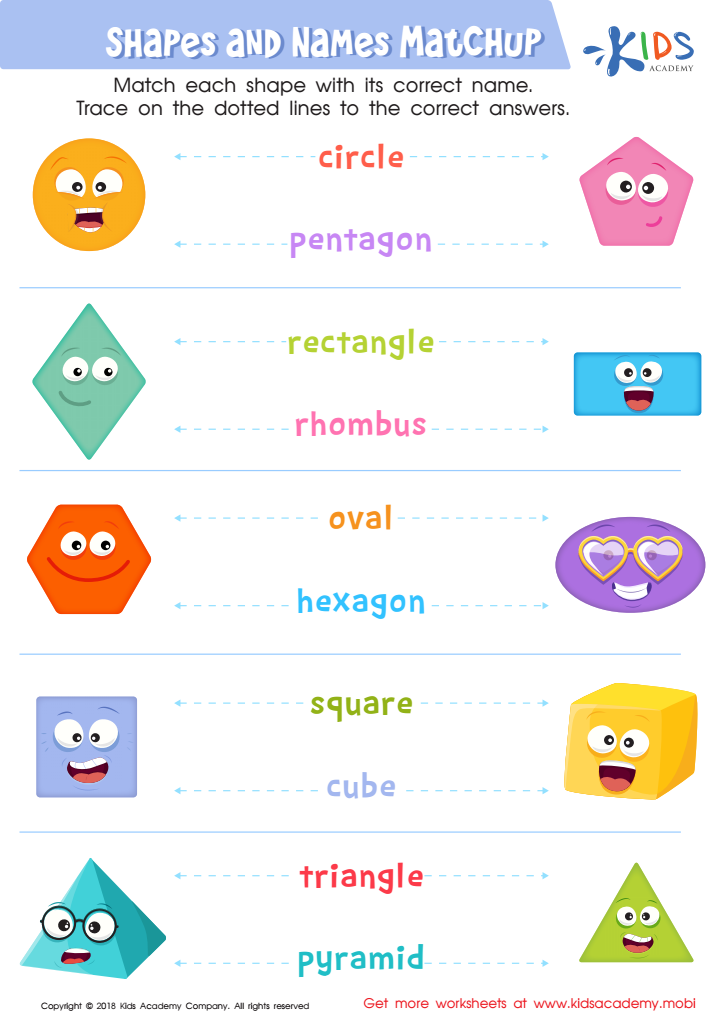

Shapes and Names Matchup Worksheet


Using Squares to Make Rectangles Worksheet
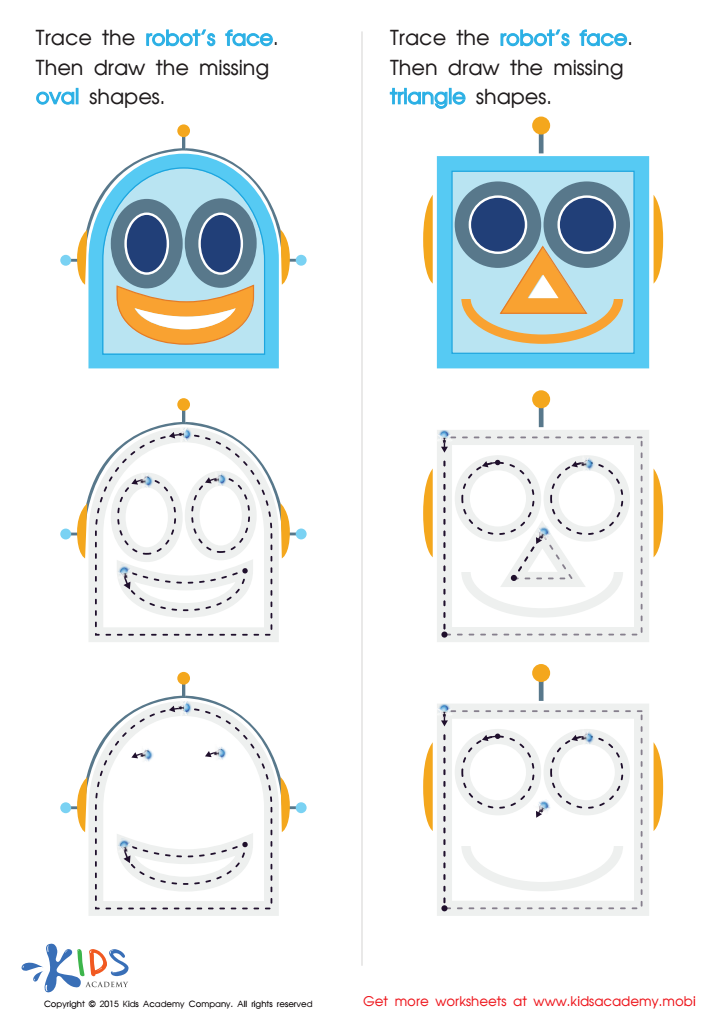

Drawing Ovals And Triangles with Fun Printable
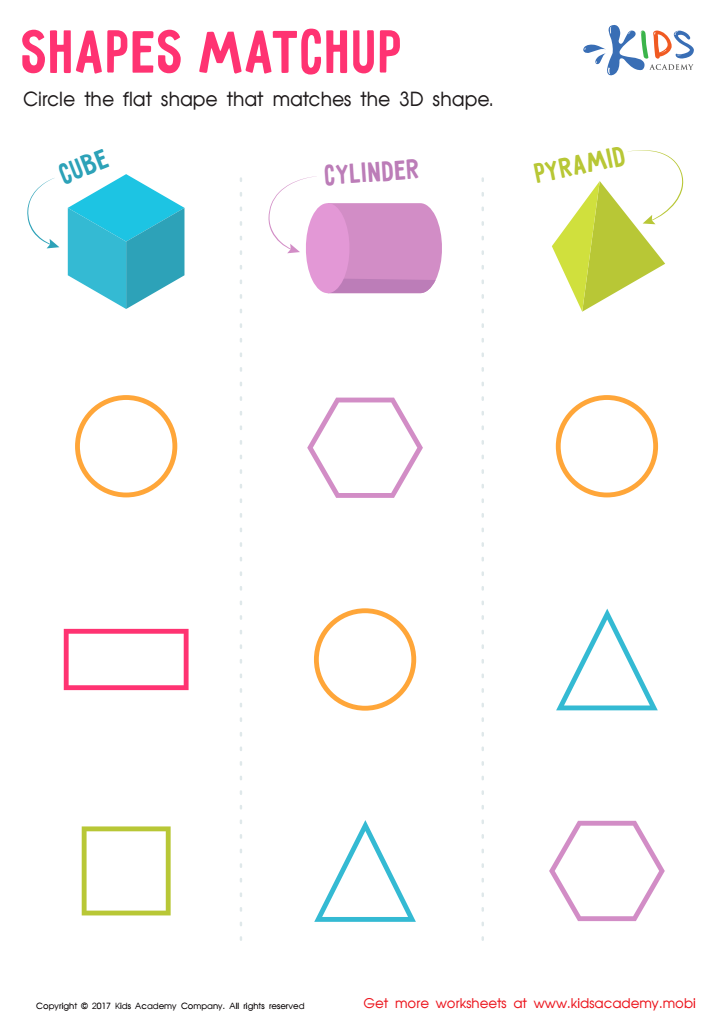

Shapes Matchup Worksheet
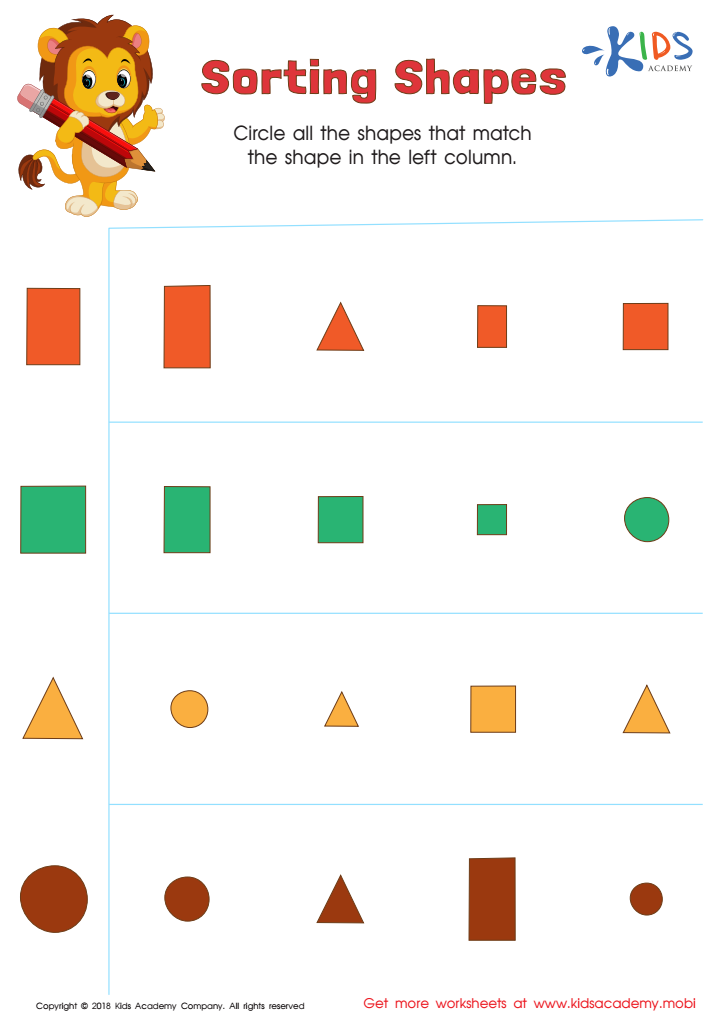

Sorting Shapes - Part 2 Worksheet
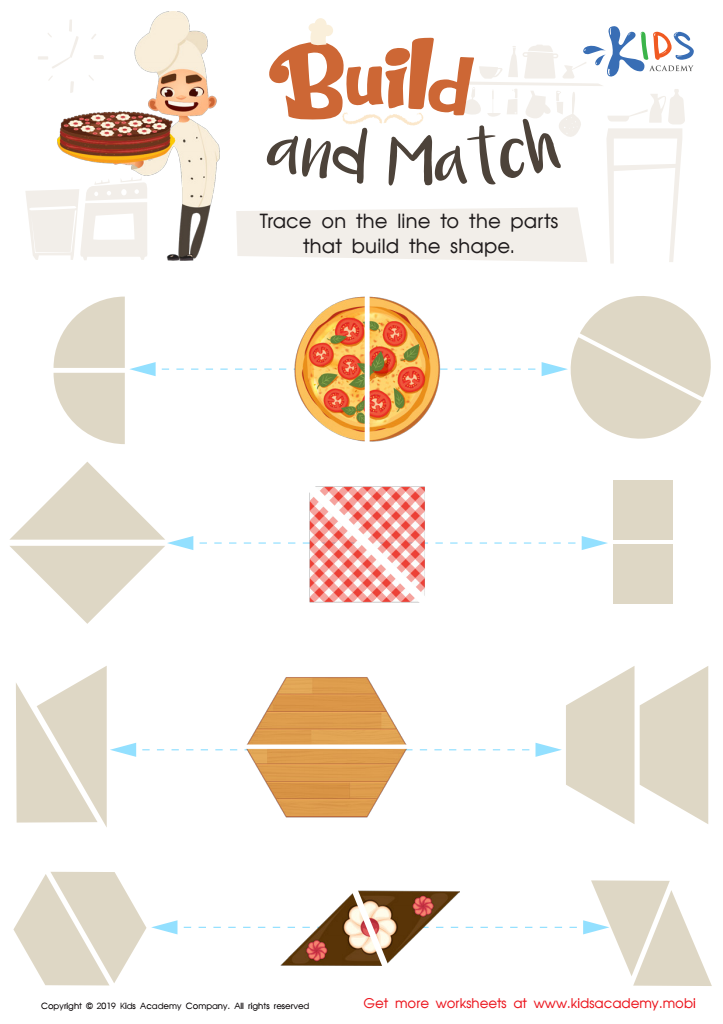

Build and Match Worksheet
Shape recognition, especially of 2D shapes, is a foundational skill that parents and teachers should prioritize for several reasons. First, it is a critical component of early childhood education, forming the basis for more complex mathematical concepts. Recognizing shapes helps children develop spatial awareness, enabling them to understand the world around them.
Moreover, shape recognition supports cognitive development. Identifying, naming, and describing shapes fosters critical thinking and problem-solving skills as children learn to categorize and compare objects. This skill lies at the heart of many STEM (science, technology, engineering, and mathematics) fields, laying a solid groundwork for future learning and interests.
In addition to cognitive benefits, shape recognition promotes creativity and encourages artistic expression. Children begin to see shapes in objects they encounter daily, linking early math skills with art and design.
Ultimately, shape recognition enhances early literacy skills, as many shapes also correspond to letters and numbers, making this knowledge versatile. By embedding shape recognition into learning practices, parents and teachers can empower children with essential skills that promote academic success and holistic development. Engaging children in fun shape-related activities makes learning enjoyable, ensuring that they develop a positive attitude toward education.
 Assign to My Students
Assign to My Students
